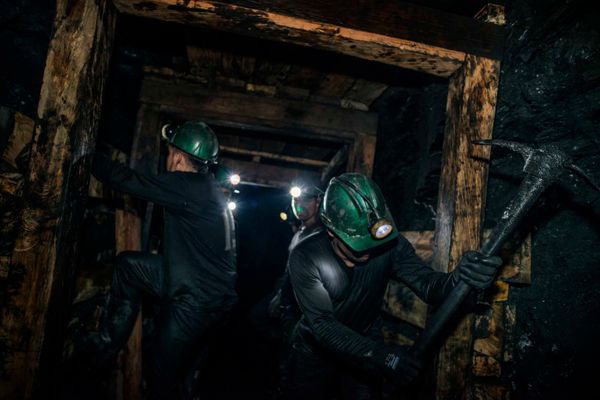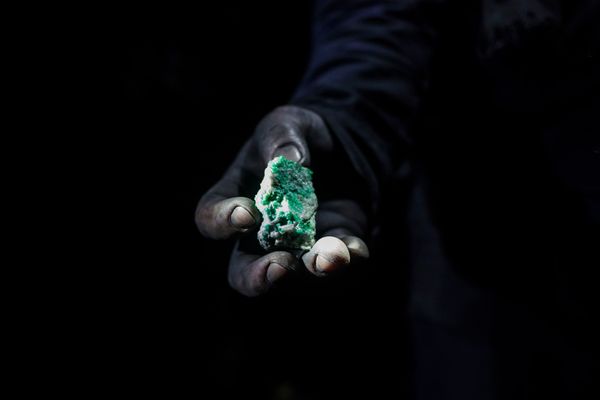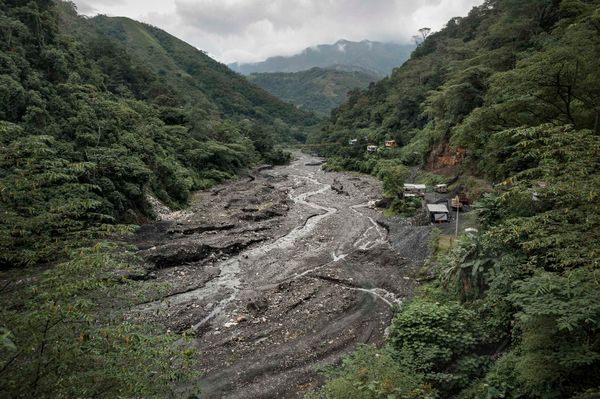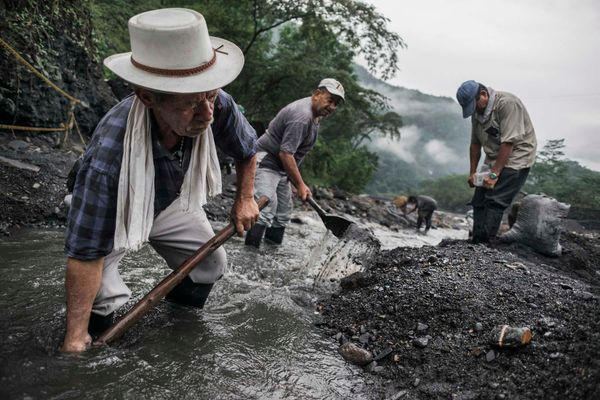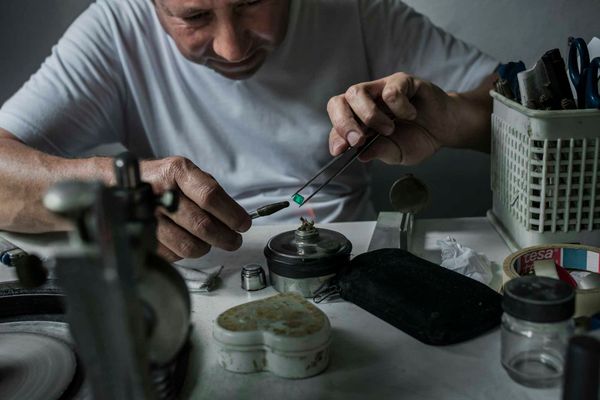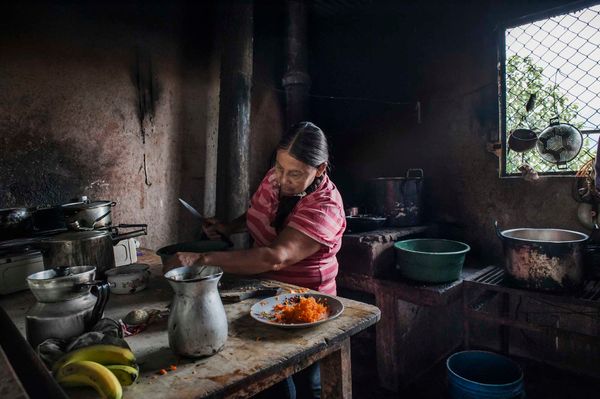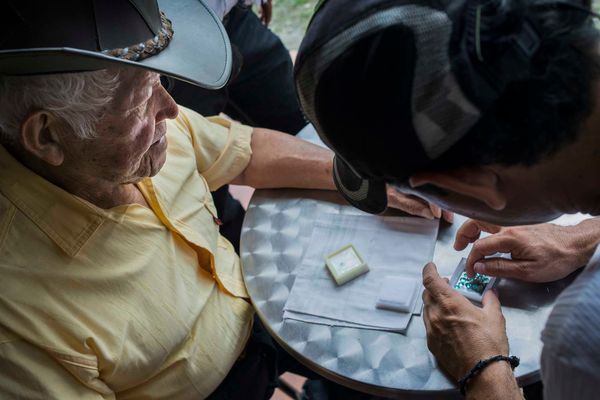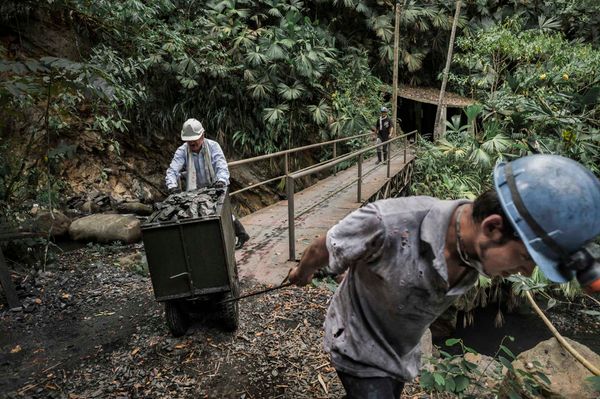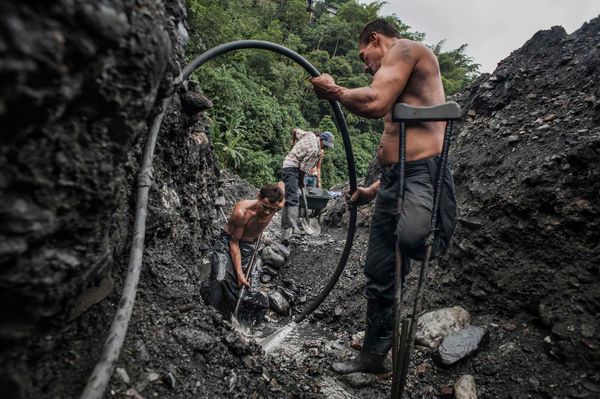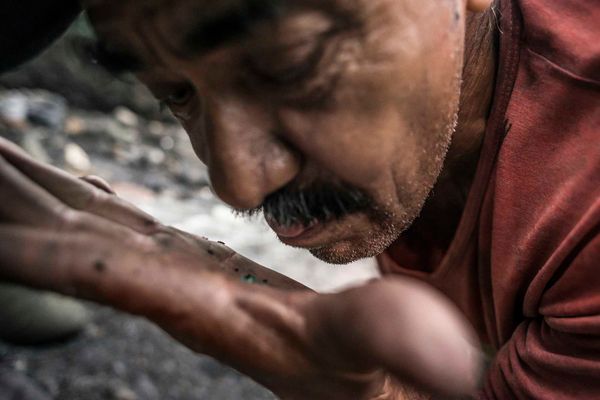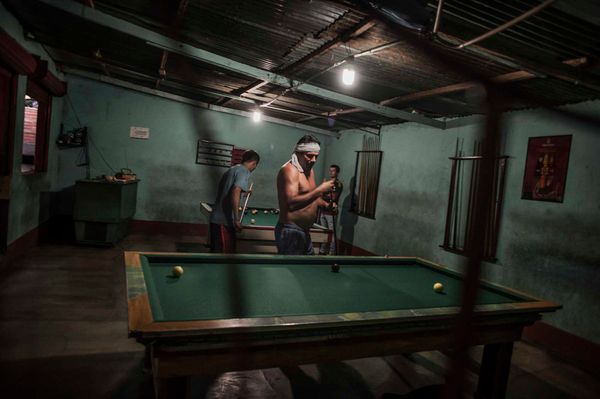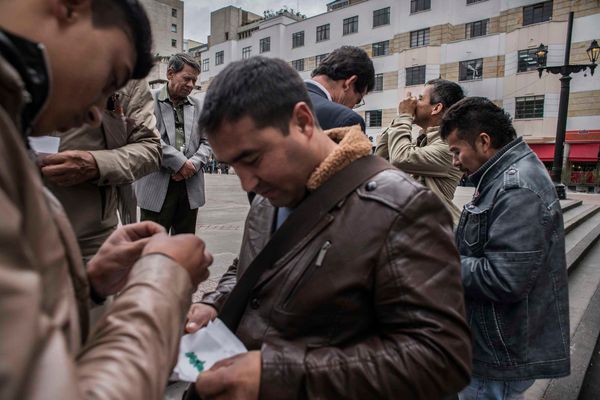Tierra verde
-
Dates2016 - 2016
-
Author
- Topics Daily Life, Contemporary Issues, Documentary
- Location Colombia, Colombia
The problem of land tenure in Colombia is the country’s oldest conflict. The struggle for control of the land’s wealth, and the right to exploit its resources, is an ongoing dispute in which the weakest struggles for its survival.
The struggle over land is Colombia's oldest conflict.
For decades the mines of Muzo - widely known as the "emerald capital of the world" - have produced great fortunes for their owners.
In the so-called "Green Wars" during the 1980s, territorial disputes escalated into full-blown conflict as the country's leading mining families fought over territory.
In those days, the "barequeros" - emerald seekers who dig through debris - gathered by the thousands around the Muzo Valley, hoping that emeralds would arise from the dark soil to rescue them from extreme poverty.
While the Green Wars are over, there is still a low-level conflict of assassinations and murders as rival groups vie for access to the gemstones.
Although Colombian environmental laws now prohibit the dumping of leftover grit and rocks from mining excavation, some surplus debris continues to be dumped on land and rivers around the mines. A few dozen emerald seekers scour this debris, often using their bare hands. Others mine the area informally.
The barequeros tend to live a tough existence in slums on the hillsides of surrounding mountains, without running water or services.
When a barequero finds an emerald, they can either try to pay a carver to re-work and increase the value of the gemstone or, if the emerald already has a notable value, they will sell it to a merchant who trades the gems directly on the streets of the capital Bogota.
In this system of both legal and informal activities, the wealth extracted from Colombian mines is very difficult to calculate. This also applies to the value of the emerald itself; its price is based on a series of characteristics - such as colour, size, carve, and transparency - and varies depending on whose hands hold them.
It is easier to sell the emeralds on the market if they are already carved, but some buyers prefer the raw, uncut emeralds to oversee this delicate process themselves, before selling it on international markets. Around 95 percent of Colombian emeralds are destined for export.
Colombia is a country with a largely poor population living on an incredibly rich soil. The right to exploit its resources is an ongoing struggle in which the weakest have to fight for survival.


